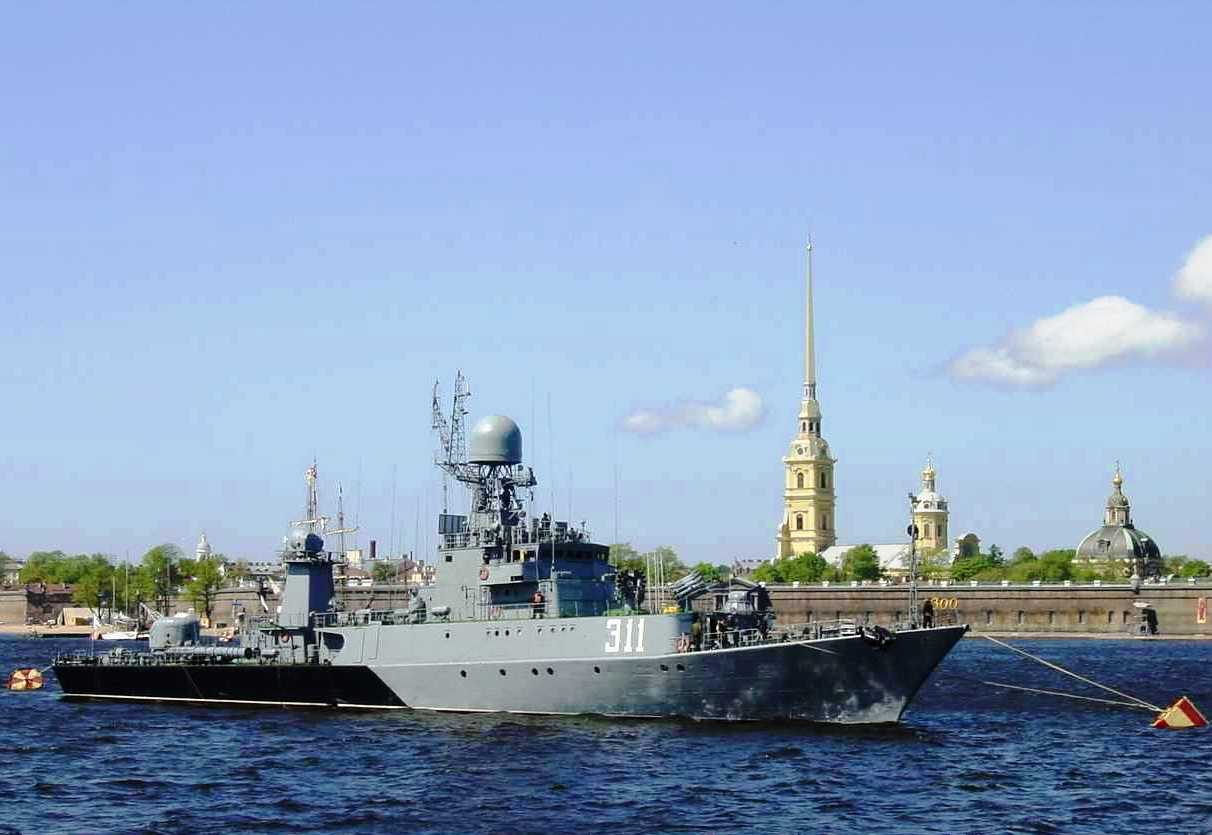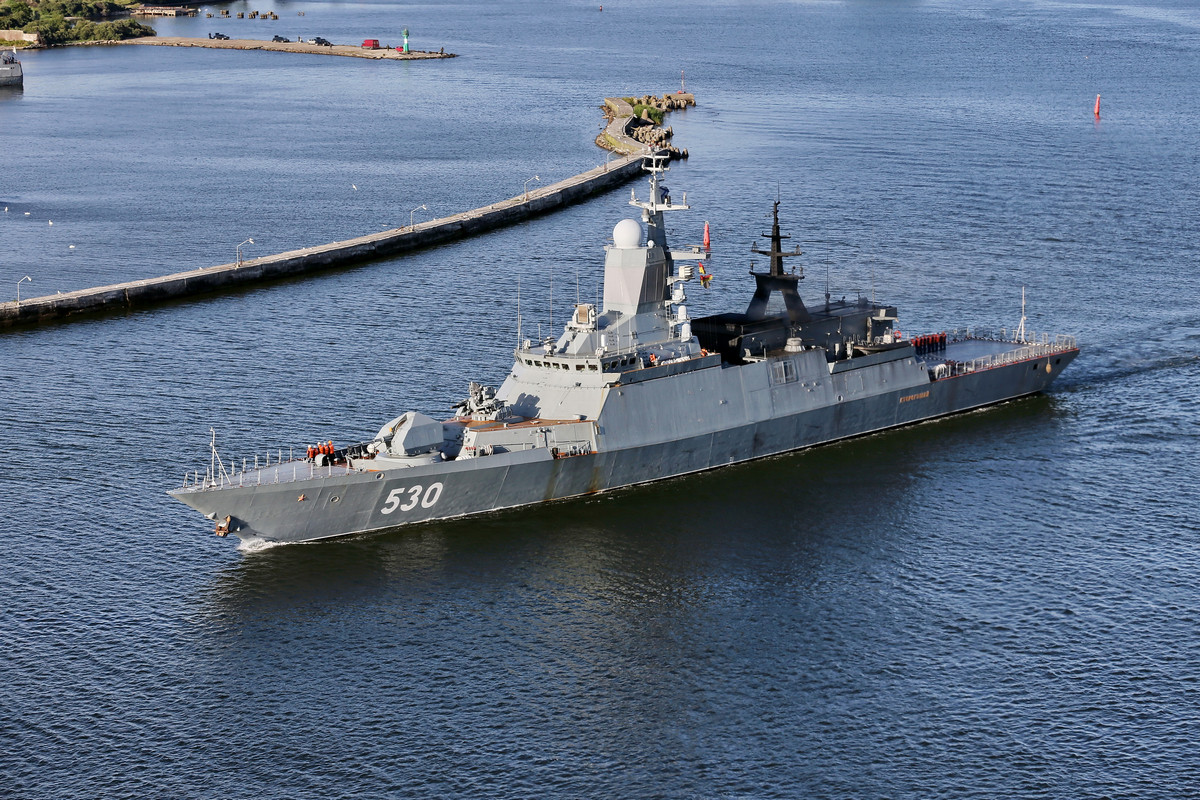|
List Of Russian Navy Equipment
This is a list of the Russian Navy equipment: * Aircraft carrier ** Kuznetsov-class aircraft carrier *Battlecruiser ** Kirov-class battlecruiser * Submarine ** Delta-class nuclear ballistic missile submarine ** Typhoon-class nuclear ballistic missile submarine ** Borey (Dolgorukiy)-class nuclear ballistic missile submarine ** Oscar-class nuclear cruise missile submarine ** Sierra-class nuclear attack submarine ** Victor-class nuclear attack submarine ** Akula-class nuclear attack submarine ** Yasen (Severodvinsk)-class nuclear attack submarine ** Kilo-class diesel-electric submarine ** Improved Kilo-class diesel-electric submarine ** Lada (Petersburg)-class diesel-electric submarine * Cruiser ** Kara-class cruiser ** Slava-class cruiser * Destroyer ** Kashin-class destroyer ** Sovremennyy-class destroyer ** Udaloy-class destroyer * Frigate ** Burevestnik (Krivak)-class frigate ** Neustrashimy-class frigate ** Tartarstan/Gepard-class frigate ** Admiral Gorshkov-cla ... [...More Info...] [...Related Items...] OR: [Wikipedia] [Google] [Baidu] |
Sovremennyy-class Destroyer
The ''Sovremenny'' class, Soviet designation Project 956 ''Sarych'' (buzzard), is a class of anti-ship and anti-aircraft guided-missile destroyers of the Soviet and later Russian Navy. The ships are named after qualities, with "Sovremenny" translating as "modern" or "contemporary". Most of the ships have been retired from active service and one converted into a museum ship in 2018; as of 2021 three remain in commission with the Russian Navy with several in overhaul. Four modified ships were delivered to the People's Liberation Army Navy, and remain in service. The ''Sovremenny'' class are guided-missile destroyers, primarily tasked with anti-ship warfare, while also providing sea and air defense for warships and transports under escort. The class was designed to complement the s, which were fitted primarily for anti-submarine operations. History The project began in the late 1960s when it was becoming obvious in the Soviet Navy that naval guns still had an important role, ... [...More Info...] [...Related Items...] OR: [Wikipedia] [Google] [Baidu] |
Zubr-class LCAC
The Zubr class, Soviet designation Project 1232.2, (NATO reporting name "Pomornik") is a class of Soviet-designed air-cushioned landing craft (LCAC). The name "Żubr" is Polish for the European bison. This class of military hovercraft is, , the world's largest, with a standard full load displacement of 555 tons. The hovercraft was designed to sealift amphibious assault units (such as marines and tanks) from equipped/non-equipped vessels to non-equipped shores, as well as to transport and plant naval mines. Ten Zubr-class hovercraft remain in service. There are two vessels in the Russian Navy and four with the Hellenic Navy. In 2009 China placed an order for four vessels from Ukraine as part of a deal worth 315 million USD. Two updated versions of the vessels were built by Crimea's Feodosia Shipbuilding Company, followed by two advanced models of the surface warship. The purchase of HS ''Cephalonia'' (L 180) for the Hellenic Navy marked the first time a Soviet-designed naval ... [...More Info...] [...Related Items...] OR: [Wikipedia] [Google] [Baidu] |
Bora-class Guided Missile Hovercraft
The ''Bora''-class, Soviet designation Project 1239, hoverborne guided-missile corvette of the Russian Navy, also bears the NATO class name "Dergach", is one of the few types of military surface effect ship built solely for marine combat purposes, rather than troop landing or transport. The first vessel produced under this designation was ''Sivuch'', which was later renamed ''Bora''. It is one of the largest combat sea vehicles with catamaran design. The ship is one of many marine craft built by the Russian Federation for coastal defense, both domestically and for export. The weapons array ''Bora''-class warships carry varies depending on which of several configurations it is built to. The specifications listed are for the two existing craft. Deployment The ''Bora'' class was designed in 1988 mainly for coastal defense and patrol duties against surface vessels, large and small. Two were built and are currently in service, both assigned to the Russian Black Sea Fleet. A f ... [...More Info...] [...Related Items...] OR: [Wikipedia] [Google] [Baidu] |
Buyan-class Corvette
The Buyan class (russian: Буян, , Buyan), Russian designations Project 21630 ''Buyan'' and Project 21631 ''Buyan-M'', are series of corvettes (small artillery and missile ships in Russian classification) developed by Zelenodolsk Design Bureau for the Russian Navy. Since 2010, all subsequent vessels are being constructed as improved Project 21631 subclass, incorporating greater tonnage, Stealth ship, stealth technology and the 3S14 vertical launching system for either 3M-54 Kalibr, Kalibr or P-800 Oniks, Oniks anti-ship cruise missiles, significantly enhancing combat capabilities. The ships are primarily designed for operations within littoral zones to protect Russia's vast coastal areas. Due to the small tonnage, they can operate even within shallow parts of oceans and seas and Unified Deep Water System of European Russia, Russia's extensive inland waterway system. The export variant is known as Project 21632 ''Tornado''. Design In August 2010, some information about the newl ... [...More Info...] [...Related Items...] OR: [Wikipedia] [Google] [Baidu] |
Grisha-class Corvette
The Grisha class, Soviet designation Project 1124 ''Al'batros'', are a series of anti-submarine corvettes built by the Soviet Union between 1970 and 1990 and later by Russia and Ukraine. These ships have a limited range and are largely used only in coastal waters. They have been equipped with a variety of ASW weapons and an SA-N-4 'Gecko' surface-to-air missile launcher. All were fitted with retractable fin stabilizers. The designation "corvette" for these ships was a conditional adaptation as the Soviet classification was a small anti-submarine ship (russian: Малый противолодочный корабль, Malyy protivolodochnyy korabl, Small anti-submarine ship) (MPK). In the Russian Navy, the Grishas are expected to be partially replaced by the ''Steregushchiy''-class corvette. Variants * Grisha I (1124.1) – 12 ships built between 1970 and 1974 and decommissioned by 1999 * The Grisha II class (1124P) were built for the KGB border guard and marked with ''P'' for ... [...More Info...] [...Related Items...] OR: [Wikipedia] [Google] [Baidu] |
Tarantul-class Corvette
The Soviet designation Project 1241 ''Molniya'' (russian: Молния, , Lightning) are a class of Russian missile corvettes (large missile cutters in Soviet classification). They have the NATO reporting name Tarantul (not to be confused with the , whose official Soviet name is also Project 205P ''Tarantul''). These ships were designed to replace the Project 205M ''Tsunami'' missile cutter (NATO: ). Development In the late 1970s, the Soviets realised the need for a larger, more seaworthy craft with better gun armament and higher positioned air search radars. The need for these improvements was underscored by the First Gulf War, when 12 Iraqi Osa-I-class missile boats were destroyed or damaged by short ranged Sea Skua anti-ship missiles. They were attacked by British Lynx helicopters, but the Osa crews did not notice them because they flew below their radar horizon. In the Tarantul class, both the single main gun and the two Gatling-type guns are used for air defence, toget ... [...More Info...] [...Related Items...] OR: [Wikipedia] [Google] [Baidu] |
Nanuchka-class Corvette
The Nanuchka class, Soviet designation Project 1234 ''Ovod'', are series of corvettes (small missile ships in Soviet classification) built for the Soviet Navy and export customers between 1969 and 1991. Variants These ships were designed around the P-120 Malakhit ("Siren") anti ship missile. Export versions used the P-15 Termit ("Styx") missile. In 2019 the missiles on ''Smerch'' were replaced with sixteen Uran/SS-N-25 'Switchblade'. Unlike smaller missile boats, both carry SA-N-4 ("Gecko") SAMs for self-defence. The original Nanuchka I carried a twin 57mm AK-257 main gun, replaced by a 76mm AK-176 in the Nanuchka III and an updated AK-176MA was added to ''Smerch'' during the refit. The Nanuchka III also has a rotary 30mm AK-630 point-defence gun to bolster its protection against missile attack. Currently Project 12341 ships are receiving BAGIRA Fire Control System turning them into multirole vessels. Operational history Reportedly the ''Mirazh'', a Nanuchka III corvette, ... [...More Info...] [...Related Items...] OR: [Wikipedia] [Google] [Baidu] |
Parchim-class Corvette
The Parchim-class corvette, Soviet designation Project 1331M, was developed for the East German Navy in the late 1970s, and built by the Wolgast Peene-Werft. The ships were designed for coastal anti-submarine warfare. In case of an all-out NATO-Warsaw Pact war in Europe their prime targets would have been the small U-206 coastal submarines of the West German navy. The first ship, ''Wismar'' (now the Indonesian KRI ''Sutanto''), was launched on 9 April 1981 in Rostock, and subsequently another 15 ships were built until 1986. To make production more economical, the Soviet Union agreed to purchase another 12 ships from Wolgaster Peenewerft built between 1986 and 1990, thereby effectively subsidising the East German shipbuilding industry. The ships of the Soviet Navy were named Parchim II by NATO. Though useful as a coastal ASW platform, the Soviet production of the similar but far more powerful made this purchase even more illogical for the Soviet Navy. After German re-unification ... [...More Info...] [...Related Items...] OR: [Wikipedia] [Google] [Baidu] |
Steregushchiy-class Corvette
The ''Steregushchiy'' class (russian: Стерегущий, , Guarding), Russian designation Project 20380, is a class of corvettes being built for the Russian Navy. Designed by the Almaz Central Marine Design Bureau, subsequent vessels were built to an improved design (Project 20381), incorporating the Zaslon-Redut SAM system. The ship full displacement and dimensions are large for a corvette, thus it is designated as a frigate by NATO. The ''Steregushchiy'' class has been further developed into the (Project 20385) and Project 20386 subclasses. The export variant is known as Project 20382 ''Tigr''. History The ships of the ''Steregushchiy'' class are multipurpose corvettes, designed to replace the . Such ships are used for littoral zone operations, engagement of enemy submarines and surface ships, and gun support of landing operations. The first batch built at the Severnaya Verf shipyard in St. Petersburg consists of four ships. A second building line has been started at ... [...More Info...] [...Related Items...] OR: [Wikipedia] [Google] [Baidu] |
Admiral Gorshkov-class Frigate
The ''Admiral Gorshkov'' class, Russian designation Project 22350 for the original and upgraded version armed with 16 and 32 VLS cells respectively, is the newest class of frigates being built by the Severnaya Verf in Saint Petersburg for the Russian Navy with a cost of $250 million. The Project 22350 was designed by the Severnoye Design Bureau and incorporates use of stealth technology. As of August 2020, ten vessels have been ordered for delivery by 2027. The lead ship of the class, , was commissioned on 28 July 2018. History The design of the ship, developed by ''Severnoye PKB'' (Northern Design Bureau) FSUE in St. Petersburg, was approved by Naval Command in July 2003. The plan is to fully replace the older and in four Russian fleets. The lead ship, or its full name – ''Admiral of the Fleet of the Soviet Union Gorshkov'', was laid down on 1 February 2006 in Severnaya Verf shipyard in St. Petersburg. In late October 2008 the Russian deputy prime minister, Sergei Iv ... [...More Info...] [...Related Items...] OR: [Wikipedia] [Google] [Baidu] |
Gepard-class Frigate
The Russian Gepard-class frigates, Russian designation Project 11661, is a class of frigates that were intended as successors to the earlier s and , and corvettes. The first unit of the class, ''Yastreb'' (''Hawk''), was laid down at the Zelenodol'sk Zavod shipyard at Tatarstan in 1991. She was launched in July 1993, after which she began fitting out; fitting was nearly completed by late 1995, when it was suspended due to lack of funds. Renamed ''Tatarstan'', the ship was finally completed in July 2002, and became the flagship of the Caspian Flotilla. She has two sister ships, ''Albatross'' (renamed ''Dagestan''), and ''Burevestnik'' (''Storm Petrel''), which was still under construction . The foreign customer Vietnam is the main operator of the class when its navy has commissioned at least 4 frigates - twice the size of Russia's Project 11661 frigates - while having plans to order at least 2 more. Design These vessels are capable of employing their weapons systems in conditi ... [...More Info...] [...Related Items...] OR: [Wikipedia] [Google] [Baidu] |






